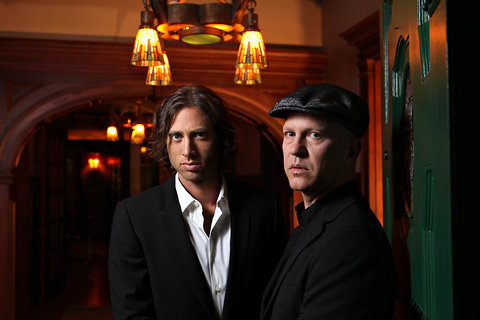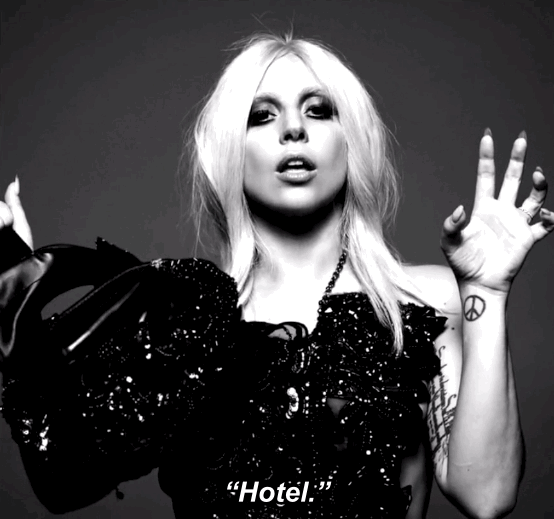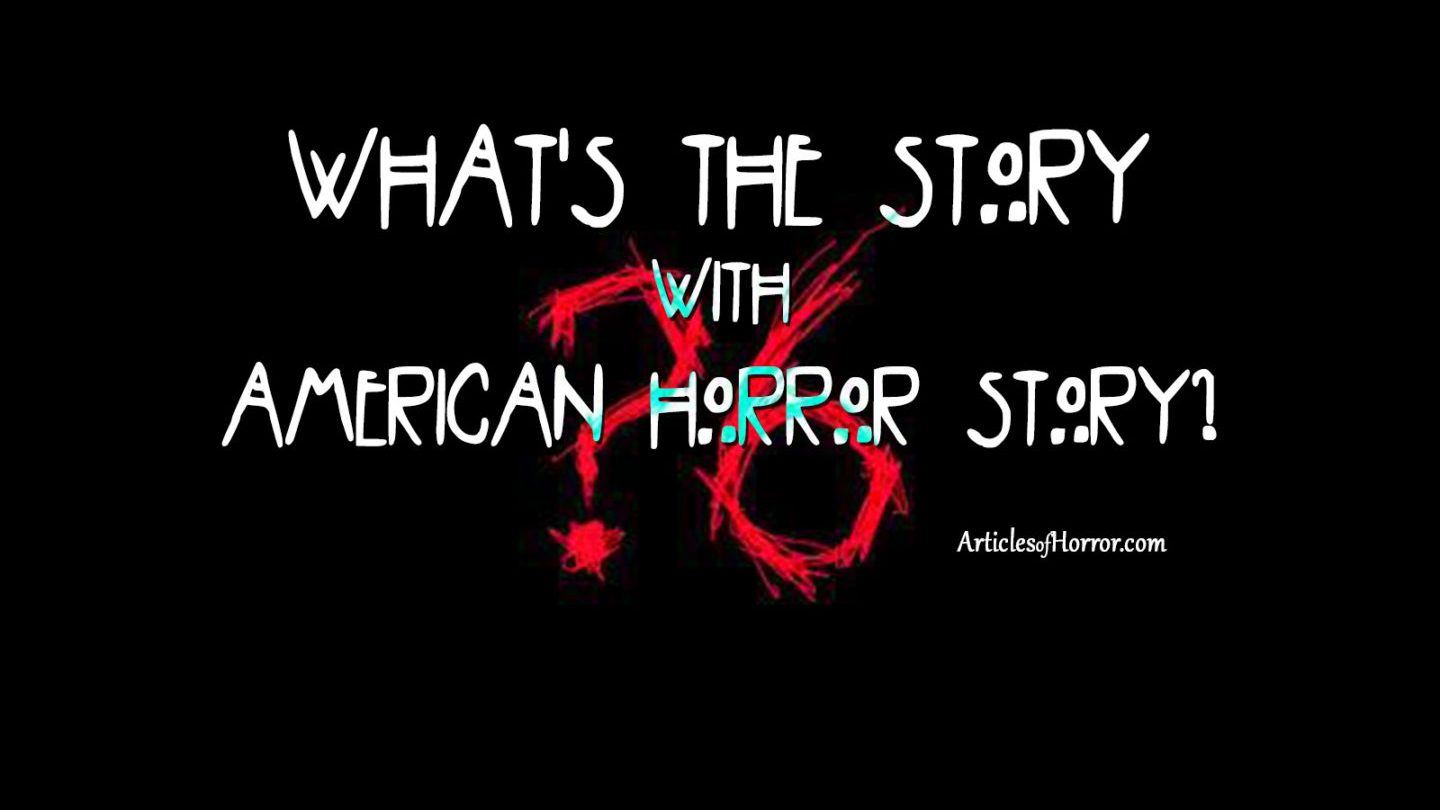
An anthological horror series and breakthrough in its own right, FX’s American Horror Story (AHS) has carried fans grimly through haunted edifices, serial killers, voodoo and witchcraft, monsters, and too many forms of torture to count. You would think they were out of material of the macabre by now – but you’d be wrong.
From the very beginning, show creators Ryan Murphy and Brad Falchuk promised viewers a complete horror story self-contained in each season equipped with a new setting, plot and characters (played mainly by a recurring cast).

The first to send chills up our spines took place in Murder House (2011), where former residents still mingled and toyed with the new. The dark ambiance and edgy content proved unmatched by anything else on television at the time. Season two brought fans Asylum (2012). A story ripe and rich, drizzled with everything from alien abduction to malevolent medical practices and, yes, even the devil himself.
Too much? Not at all. American Horror Story has made a name for itself by dismissing the singular (or double) storytelling method. The show has excelled in intricate, multiple plot lines all while steering clearly and seamlessly from season to season.
That is, until season three.

In Coven (2013) we watched a group of young witches move into an all-girls boarding school in New Orleans. The plot starts out strong enough, but somewhere along the line this viewer’s interest began to dwindle. Once a devout AHS fan, I found myself less and less likely to hit the play button with each new episode. What happened? Suddenly, the show seemed to cater to younger fans with story lines lacking the immersive nature of its writing.

A growing trend of shifting the show’s focus to a
younger (and more mainstream) audience included bringing in guest stars to boost ratings as with last season’s Hotel (2015) featuring Lady Gaga. Leaving fans waiting for the latest guest star has become a staple in AHS’s marketing strategy. The detailed plots last seen with Asylum have been lost to a more commercial, albeit successful, approach.
As fans await season 6, they have been bombarded with ceaseless ambiguous trailers. Within the span of a few months, the show has managed to release some six teasers, each as different as the next (though in keeping with the number 6). The results are an increase in AHS headlines, stemming from contests to determine the “scariest AHS trailer” to weekly articles running the span of the horror and entertainment blogosphere. The marketing agenda of the show has stirred the interest of current fans, while rekindling a spark of curiosity from the old.

In a 2015 interview with The Hollywood Reporter, Murphy revealed, “This year, with season six, it’s weird because one idea that I think we’re going to do is an idea that we started talking about in season one. We talked a lot about it. There is a clue in there. The clue for season six is not just in the material we’re doing now; it’s from way back in season one.” And as we await the reveal of AHS’s latest theme, one can’t help but hope that the show not only lives up to the immense hype it has created, but that it has indeed returned to its original dark storytelling roots.
-By Christina Persaud
